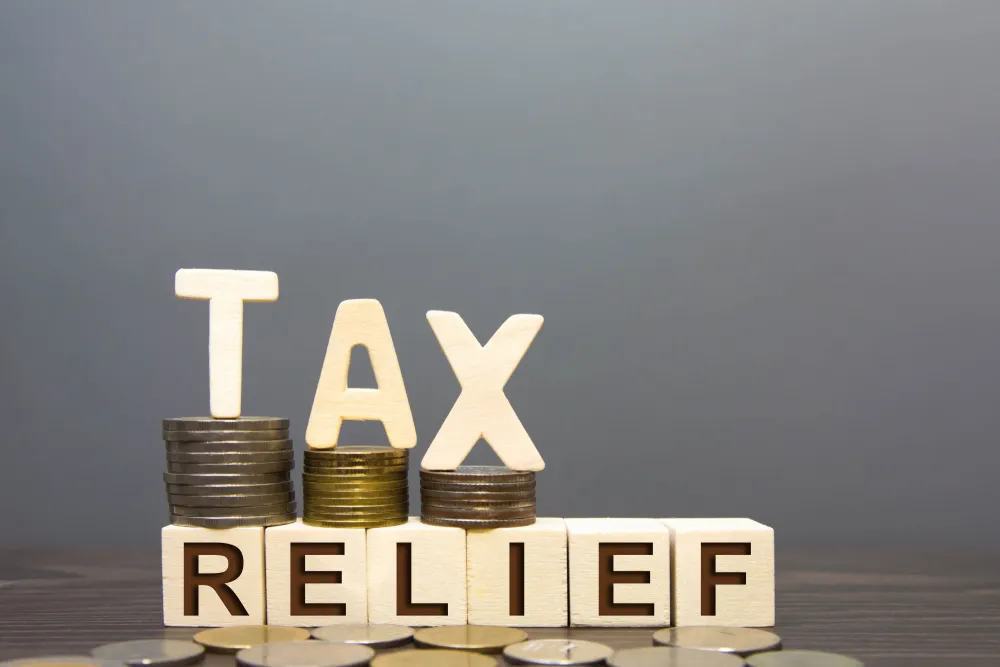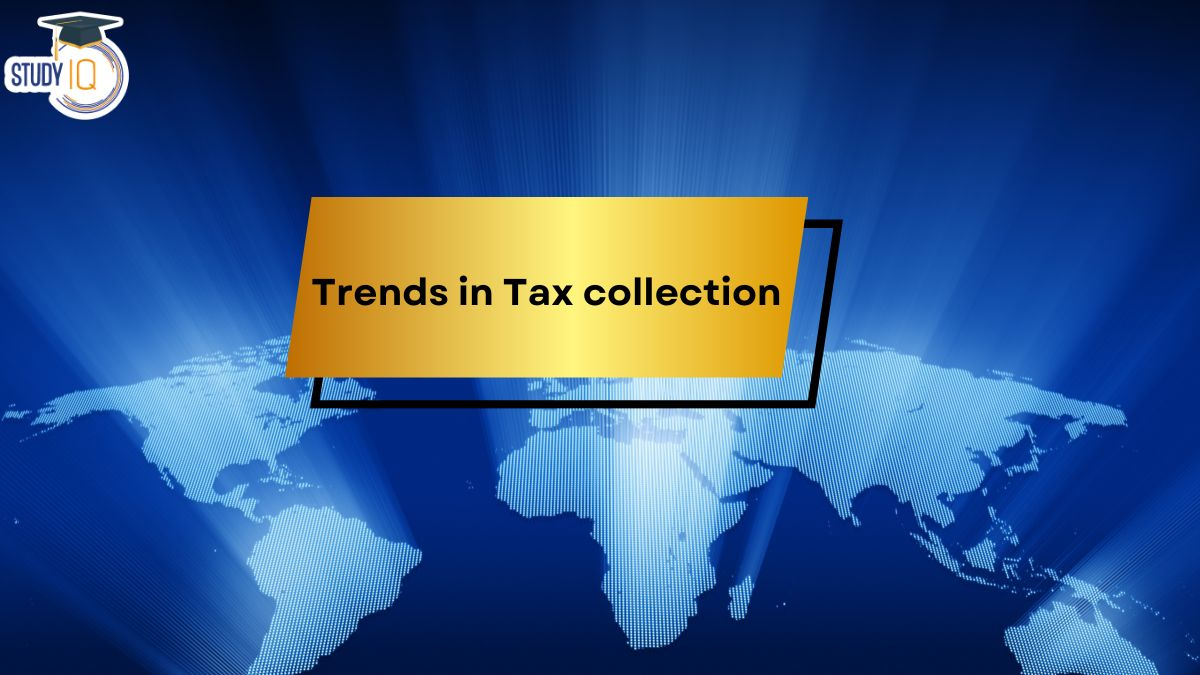Now Reading: 7 Smart Uses of Pillar Two Tax for Investors in 2025
-
01
7 Smart Uses of Pillar Two Tax for Investors in 2025
7 Smart Uses of Pillar Two Tax for Investors in 2025
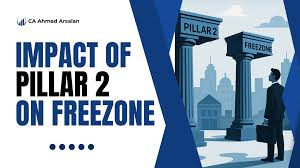
Table of Contents
Why Pillar Two Tax Matters for Investors?
GCC’s 5.8% non-oil GDP growth and SAR 7.86 billion ($2.1 billion) real estate FDI in 2024 fuel demand, per Saudi Central Bank. Pillar Two’s Income Inclusion Rule (IIR) and Undertaxed Payments Rule (UTPR) ensure a 15% effective tax rate (ETR), affecting 520,000 Saudi transactions. Key impacts include:
- Tax Alignment: Closes 5–10% tax haven gaps.
- Yield Stability: 6–9% in NEOM; 90% occupancy in Dubai South.
- Compliance Costs: 0.3–0.5% for advisory fees.
- FDI Appeal: 15% growth in 2024.
7 Smart Uses of Pillar Two Tax for Investors in 2025
1. Optimize UAE Corporate Tax Top-Up
UAE’s 9% Corporate Tax (CT) falls below Pillar Two’s 15%, requiring a 6% top-up for multinationals like Emaar in Dubai South, per Federal Tax Authority. A AED 100 million profit incurs AED 6 million top-up, but deductions stabilize 7–9% yields.
- Impact: Aligns ETR; saves 0.5% via planning.
- U.S. Tax Consideration: CT credits on Form 1116; income on Schedule E.
- Action: File via Emirates NBD; invest in Emaar’s projects.
2. Leverage Saudi SEZ Tax Credits
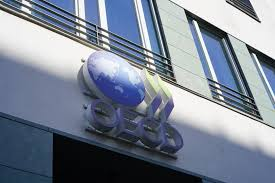
Saudi SEZs like NEOM offer 0% corporate tax, but Pillar Two imposes a 15% top-up, per ZATCA. Tax credits for NEOM investments offset SAR 15 million on a SAR 100 million profit, preserving 6–8% yields.
- Impact: Boosts ROI by 1–2%; attracts 20% FDI.
- U.S. Tax Consideration: Credits on Form 1116; assets on Form 8938.
- Action: Register with ECZA; consult PwC.
3. Restructure Holding Companies
Pillar Two encourages holding companies in Saudi or UAE to meet 15% ETR, avoiding IIR in parent jurisdictions. A SAR 200 million NEOM portfolio via a Riyadh holding saves SAR 12 million in top-up taxes.
- Impact: Reduces tax by 0.5–1%; supports 6–9% yields.
- U.S. Tax Consideration: Income on Schedule E; gains on Form 8824.
- Action: Set up via Al Rajhi Bank; verify with ZATCA.
4. Utilize Loss Carry-Forwards
Pillar Two allows loss carry-forwards to offset future top-up taxes, per OECD. A AED 50 million loss in Dubai South 2024 reduces 2025’s 6% top-up on AED 10 million profit, saving AED 600,000.
- Impact: Enhances cash flow by 0.5%; stabilizes 7–9% yields.
- U.S. Tax Consideration: Losses on Schedule E; report on Form 1040.
- Action: Track via FAB; file with Federal Tax Authority.
5. Invest in Tax-Transparent REITs
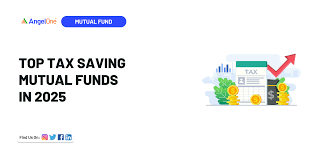
REITs in UAE and Saudi, like Emirates REIT, distribute 80% income, often exempt from CT and Pillar Two top-up, per ZATCA. A SAR 100 million Riyadh REIT yielding 8% saves SAR 1.5 million in taxes.
- Impact: Increases returns by 1–2%; supports 90% occupancy.
- U.S. Tax Consideration: Dividends on Schedule B; credits on Form 1116.
- Action: Invest via Tadawul; verify with CMA.
6. Streamline Transfer Pricing
Pillar Two requires arm’s-length transfer pricing for NEOM management fees, per OECD. A SAR 10 million fee to a UAE subsidiary avoids 15% top-up adjustments, saving SAR 1.5 million.
- Impact: Reduces tax risk by 0.3–0.5%; aligns with 520,000 transactions.
- U.S. Tax Consideration: Fees on Schedule E; accounts on FinCEN Form 114.
- Action: Document via Deloitte; invest in Qiddiya.
7. Capitalize on Depreciation Deductions
UAE and Saudi allow depreciation over 25–50 years, reducing Pillar Two taxable income, per Federal Tax Authority. A SAR 40 million Lusail City building at 4% deducts SAR 1.6 million, saving SAR 240,000 in top-up.
- Impact: Cuts tax by 0.5–1%; preserves 6–9% yields.
- U.S. Tax Consideration: Depreciation on Form 4562; gains on Form 8949.
- Action: File via ADCB; target Aldar’s projects.
Key Considerations for U.S. Investors
- Risks:
- Oversupply: 100,000 Saudi units in 2025 may soften yields by 0.5–1%, per Cushman & Wakefield.
- Volatility: 5–8% price fluctuations possible, per CBRE.
- Compliance Costs: Advisory fees add 0.3–0.5%, offset by savings.
- Tax Compliance: Saudi’s 5% RETT, 20% CT, 2.5% Zakat; UAE’s 9% CT, 5% VAT apply. IRS requires Form 1040, Form 1116, Form 8938, Form 8824, Form 4562, and FinCEN Form 114.
- Regulatory Compliance: CMA, DFSA mandate KYC; fines up to SAR 500,000. Verify via ZATCA or RERA.
- Currency Stability: SAR at 1 USD = 3.75; AED at 1 USD = 3.67 minimize risk.
Conclusion
GCC’s 2025 Pillar Two strategies—UAE CT top-up, SEZ credits, holding company restructuring, loss carry-forwards, REITs, transfer pricing, and depreciation—optimize a $533 billion real estate market with 6–9% yields. U.S. investors, leveraging IRS credits and tools from ZATCA, MISA, or ADGM, can maximize returns in NEOM, Dubai South, and Lusail City, ensuring compliance and robust profits in Vision 2030’s global tax landscape. pillar 2 tax
read more: 6 Impactful SME Tax Reliefs For Property Companies in 2025



